Received a Hantek DSO-2090 USB oscilloscope today and put it through a few paces. Here are the results and my impressions from using the device a bit, as well as a few tips for working with it under Linux. The first thing to note is that, in terms of DSOs, this thing is dirt cheap…
- by: Pat Deegan
- On
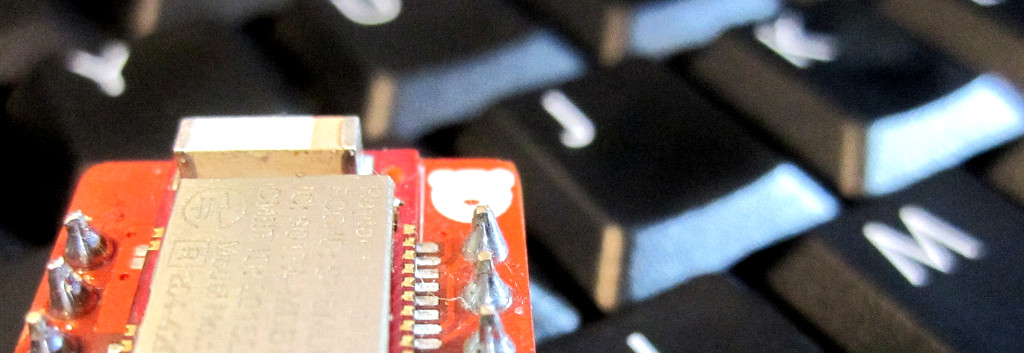
I’m finishing up the docs for NanoKeys, a small BLE Nano (and probably any mbed BLE API supported devices) library that gives you an easy way to create a bluetooth low energy keyboard that you can pair with using any mobile device. The project page, code and documentation will be up shortly (in the projects…
- by: Pat Deegan
- On
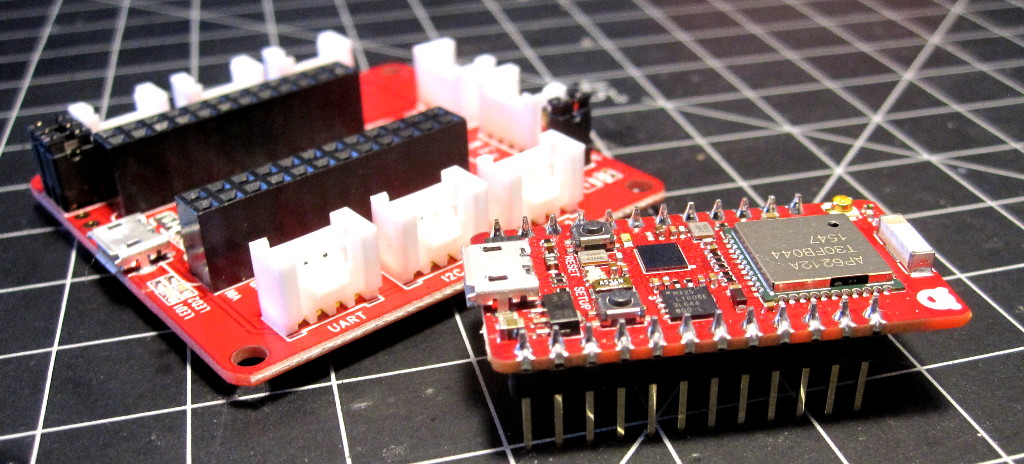
Just got my hands on RedBear Lab‘s Duo—what promises to be a great little BLE/WiFi combo—and got some preliminary testing done. By the end of the seven straightforward steps detailed here, you’ll know all the basics about the Duo and have your own “Arduino” code running on the device, too. Other than my own ramblings,…
- by: Pat Deegan
- On
So it’s the middle of the night and I find myself in a jam… hm, a lot of my stories seem to start that way. Anyhow, it’s the middle of the night and I’m badly stuck: I need to talk with a two-wire chip I have on a breakout, but the I²C communication lines need…
- by: Pat Deegan
- On
A few hints about squeezing maximum performance out of Raphaël. When you want to generate dynamic SVG images using Javascript, either on a website or within a Cordova-type project on mobile devices, the Raphaël library is pretty sweet. Raphaël has a nice, clean, API and lets you do pretty much anything graphics-related and it sticks…
- by: Pat Deegan
- On
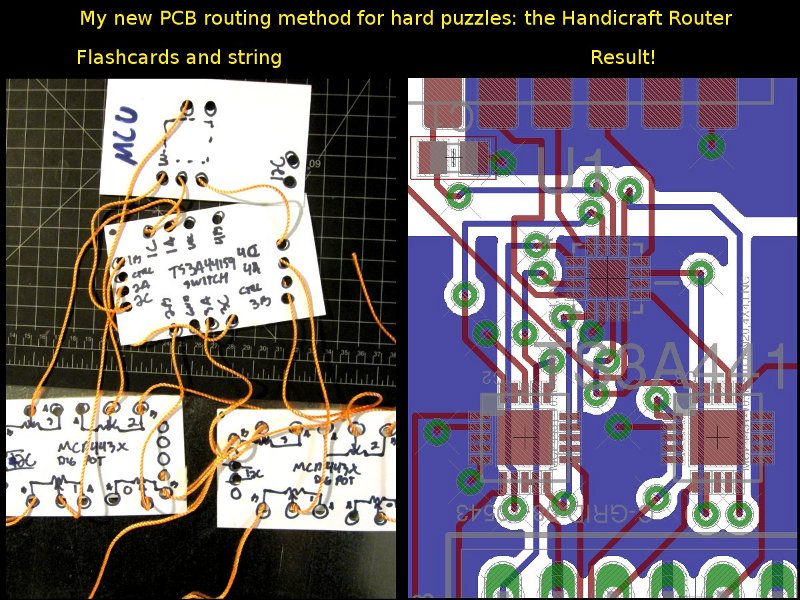
This is a quick post to share a technique I recently invented (or, more likely, re-invented) that can be of great help when you’re trying to layout a circuit but are overloaded by possibilities: the handicraft router. In this specific case, I was trying to get the outputs from a bunch of digital potentiometers to…
- by: Pat Deegan
- On
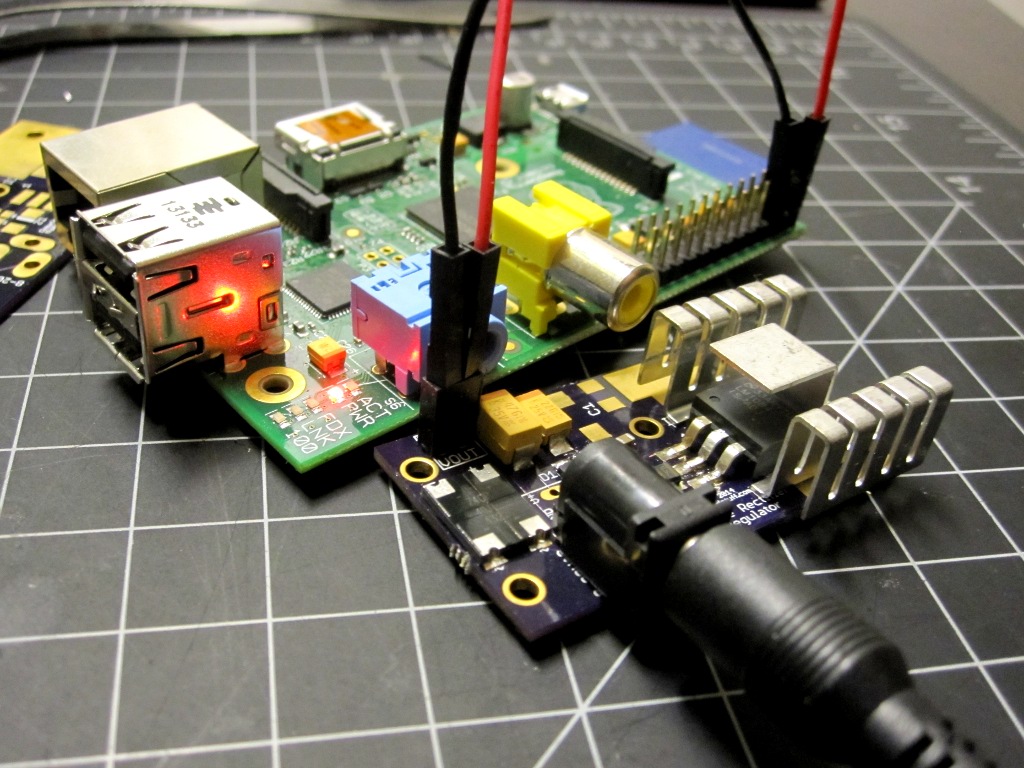
Needing a modular power supply that could handle a few amps and both AC and DC input, I recently designed a circuit to perform the task. Here I’ll go over the main points and a few lessons learned.
- by: Pat Deegan
- On

So you’re programming for a platform with a built-in RTC… cool. Now what? Most (all?) XMEGA‘s have an on-board real-time clock, some can even be backed-up by a distinct battery (like the xmega256a3bu, shown below) which can be a real time saver (oh, the pun-anity!). The question then becomes how to best use it. I’ve…
- by: Pat Deegan
- On
I just finished a project for which I we needed to connect a raspberry pi to a distant server, over a 3G connection. The module was to be autonomous–it would be powered on demand and needed to reboot into a consistently usable state to perform its duties. Creating a shield (or “HAT” in Pi terminology)…
- by: Pat Deegan
- On
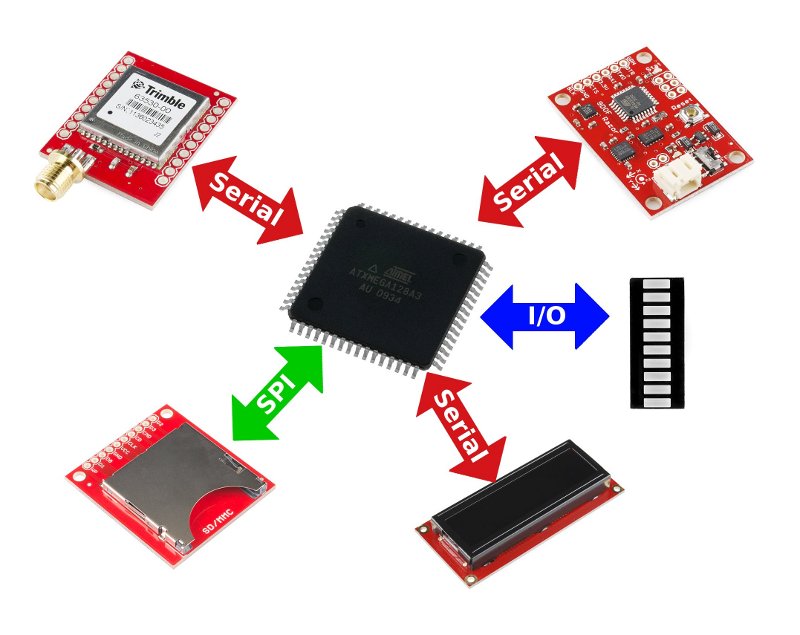
I love the Arduino platform, especially for prototyping, and have been playing with the Atmel ATmega chips for a long while. Once you’ve designed your project, some of the smaller derivatives (like the Ardweeny I’ve mentioned before) are cheap enough to leave embedded everywhere and, in any case, you can always move from an Arduino…
